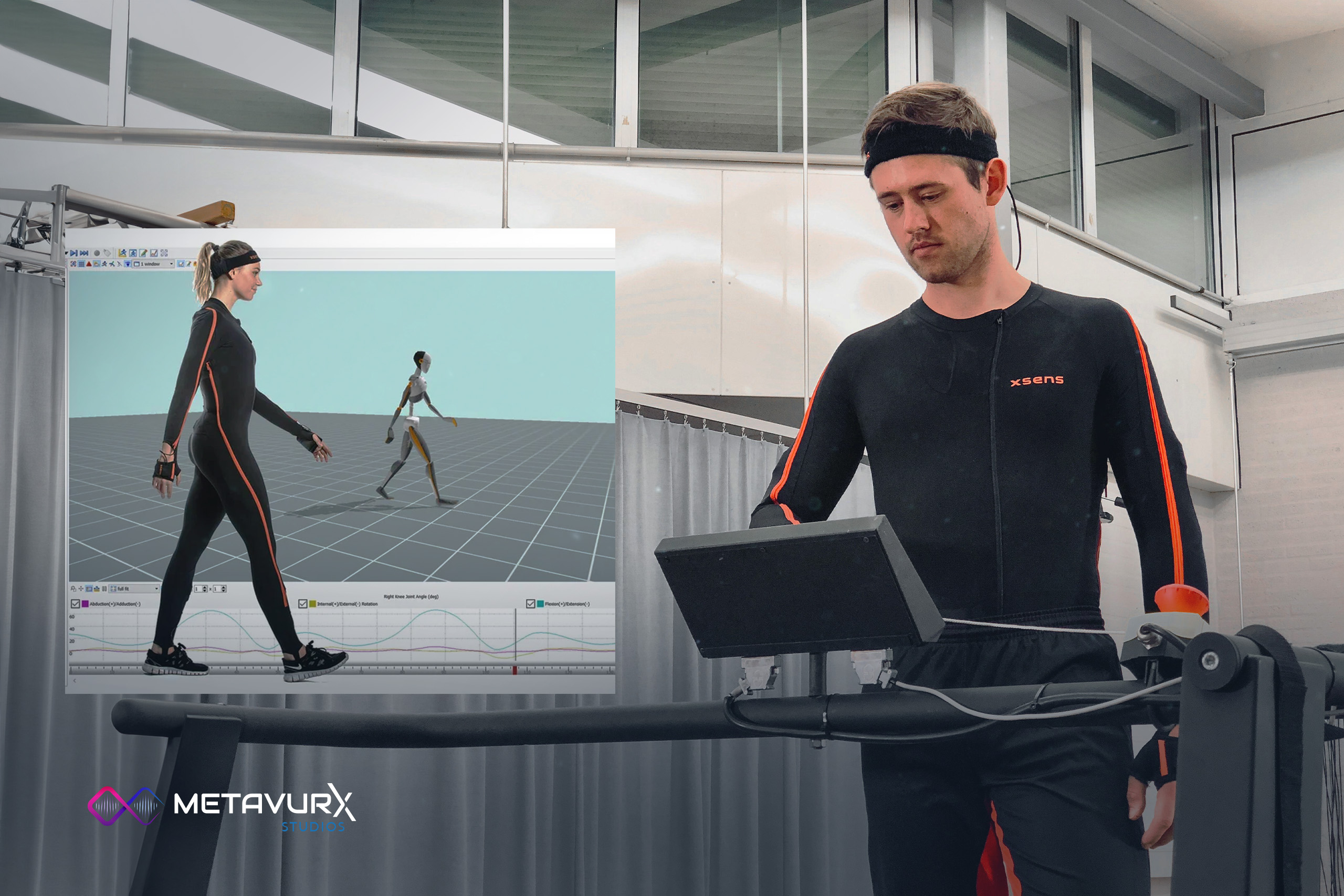Sports science and biomechanics research were transformed by motion capture technology, which progressed from simple systems to complex, fast motion-tracking solutions. Motion capture was first applied to animation, but it has since developed to evaluate sports movements, improving performance analysis and injury prevention techniques.
Modern motion capture technologies provide real-time data collection with enhanced accuracy and mobility, offering priceless insights into biomechanics. Sports scientists, engineers, and researchers work together to push the limits of motion capture technology through ongoing innovation.
Sports Science and Biomechanics Research: The Effects of Motion Capture
Understanding Human Motion
Motion capture enables researchers to analyze the complexities of human motion with outstanding precision. By tracking athletes’ movements in real-time, researchers can identify biomechanical patterns and abnormalities that may affect performance and injury risk.
Improving Athletic Performance
Coaches and athletes can better comprehend ideal movement mechanics and techniques using motion capture analysis. This realization allows implementing focused training programs that raise overall athletic efficiency, lower injury rates, and improve performance.
Injury Prevention and Rehabilitation
Motion capture technology is essential to injury prevention and recovery plans. Researchers can identify biomechanical abnormalities and movement inadequacies. Also, create individualized rehabilitation procedures to speed up healing and reduce the chance of recurrent injuries.
Enhancing Equipment Design
Motion capture data dramatically benefits the design and improvement of sporting equipment, including clothing, protective gear, and footwear. By studying how athletes interact with their gear, manufacturers can maximize performance and comfort in their products.
Advancements in Biomechanics Research
Motion capture technology keeps pushing the frontiers of scientific knowledge and encouraging interdisciplinary cooperation in biomechanics research. Researchers use motion capture data to investigate a variety of subjects, including muscle activation patterns, sports-specific movements, joint kinematics, and gait analysis.
Conclusion
As motion capture technology develops, exciting opportunities lie ahead for sports science and biomechanics research. The possibilities for innovation in this field are endless, ranging from combining wearable sensors and augmented reality to developments in machine learning and artificial intelligence.
In summary, motion capture technology is a powerful tool in sports science and biomechanics research, offering insightful information that guides equipment design, training regimens, injury prevention tactics, and scientific investigation. Sports science and biomechanics are fields expected to flourish and innovate going forward as long as researchers keep using motion capture technology.


